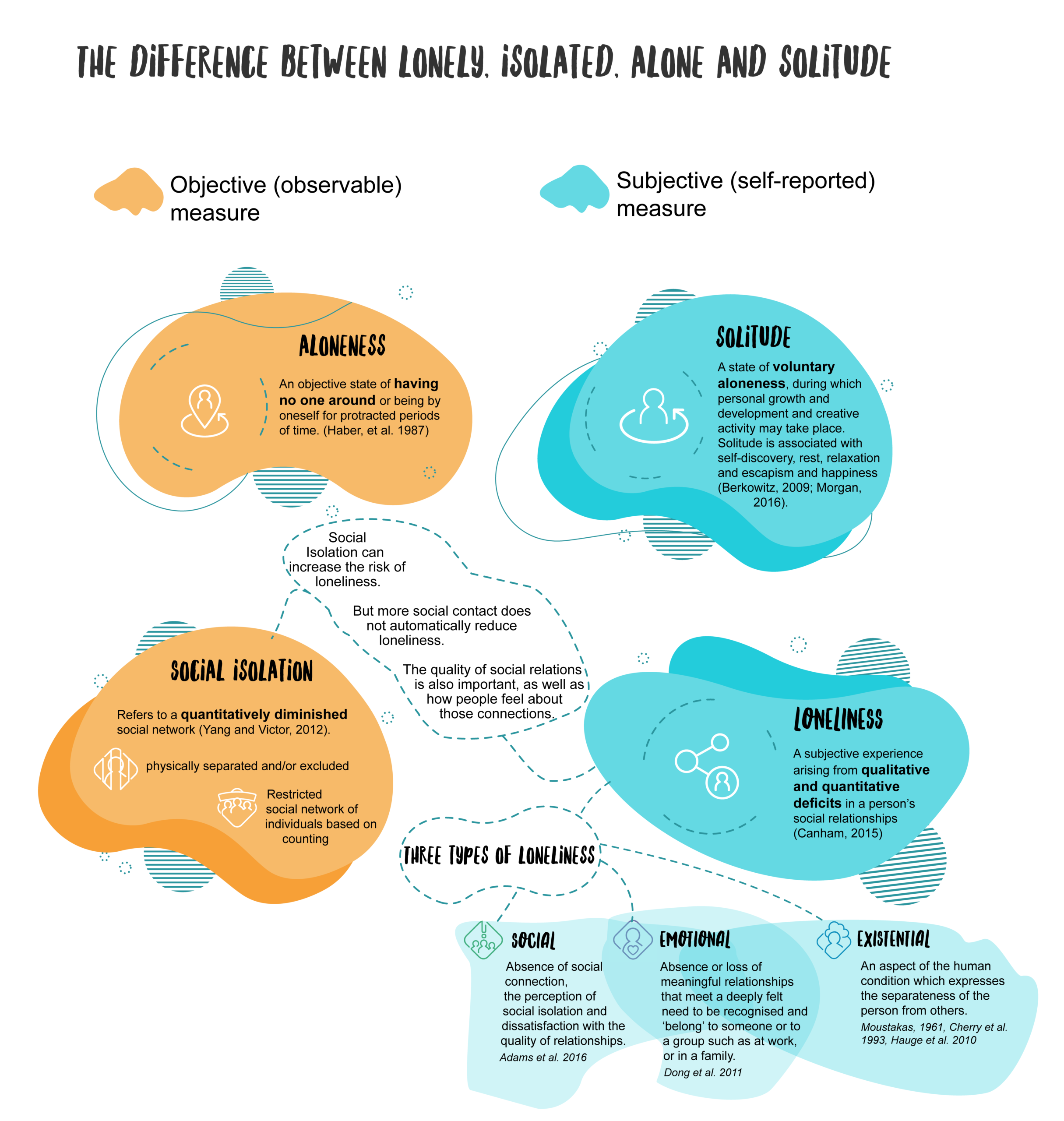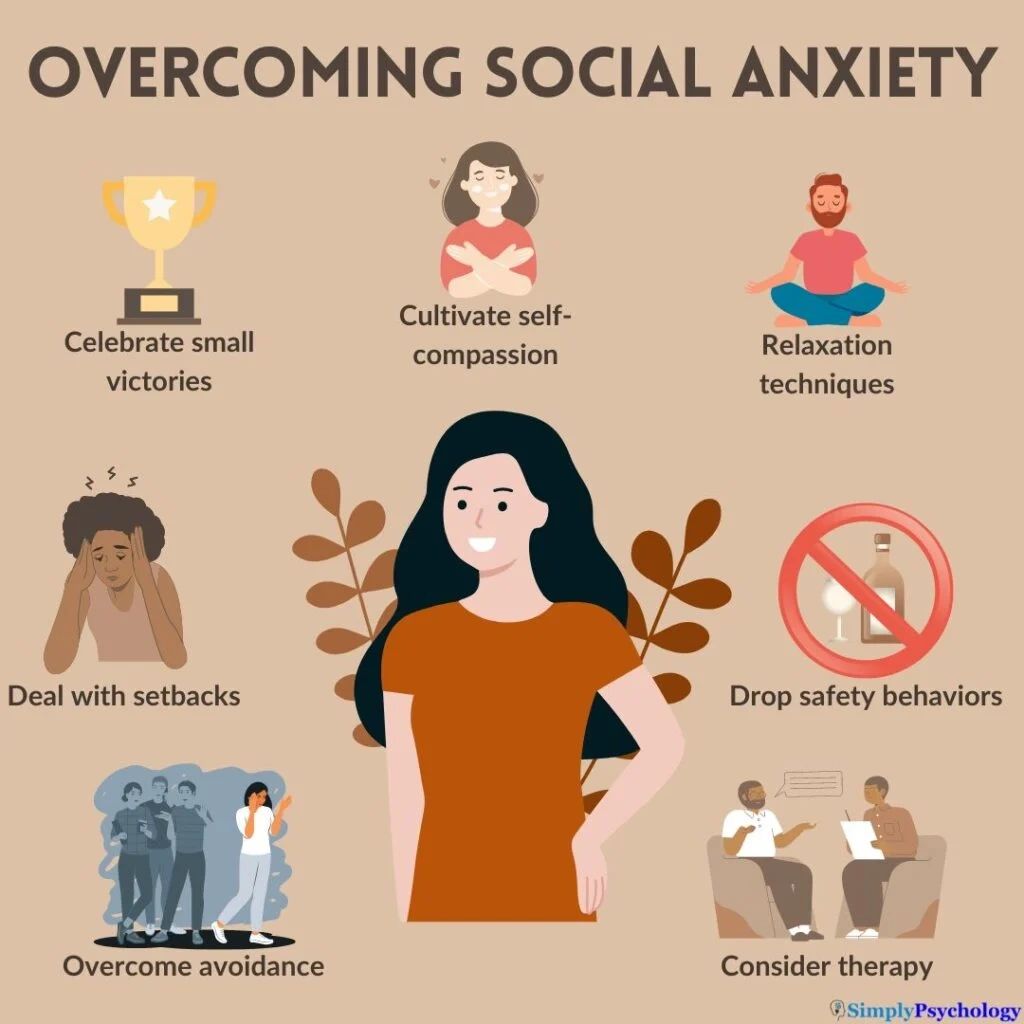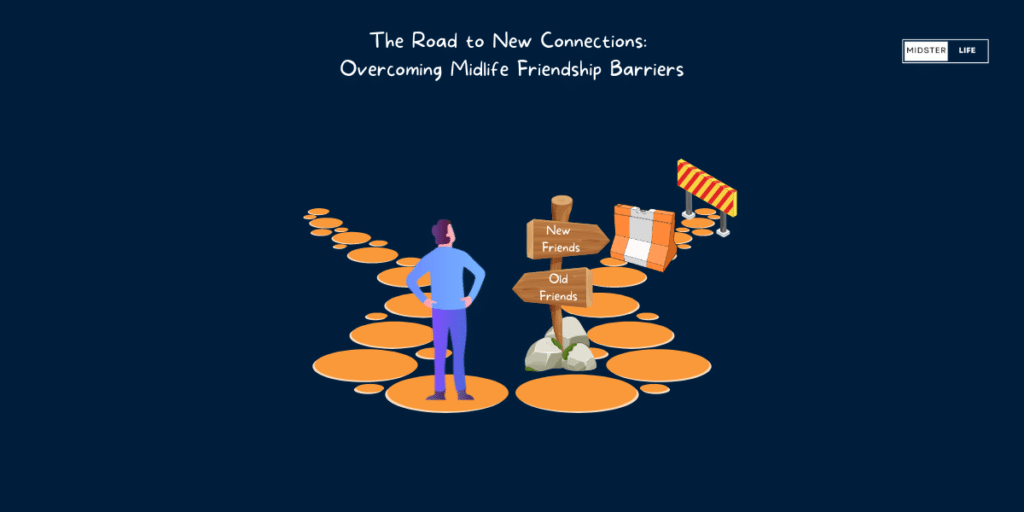How to Overcome Mental Barriers to Making New Friends in Midlife

How to Overcome Mental Barriers to Making New Friends in Midlife
As we navigate midlife, many of us face unique challenges in forming new friendships. Whether due to life transitions, increased responsibilities, or simply feeling out of practice, making friends in this stage can seem daunting. However, it’s crucial for our mental, emotional, and physical well-being. In this article, we’ll explore the common mental barriers to making new friends in midlife and provide practical strategies to overcome them.

Understanding the Challenges

Aging and Social Withdrawal
As we age, natural biological changes can lead to decreased energy and motivation to seek new relationships .2. Additionally, our increasingly mobile society means we often move away from established social networks, making it harder to form new connections .2.

Shifting Priorities and Responsibilities
Midlife often brings increased family and career responsibilities, leaving less time for socializing .2. This can lead to neglecting personal relationships and feeling isolated.

Social Anxiety and Fear of Rejection
Social anxiety can intensify with age, making it more difficult to initiate conversations and form new friendships .2 .5. The fear of rejection also grows, causing hesitation in reaching out to others .10.
Overcoming Mental Barriers

1. Embrace Vulnerability
Men, in particular, often struggle with vulnerability, which is essential for deeper connections .1. Practice opening up to others about your feelings and experiences. This vulnerability can help build genuine bonds with new acquaintances.

2. Challenge Social Anxiety
While social anxiety is common, it doesn’t have to hold you back. Start small by engaging in low-stakes social interactions, such as small talk with neighbors or coworkers .5. Gradually increase your exposure to new social situations.

3. Develop a Positive Mindset
Believe that you have control over forming new friendships. Focus on your efforts rather than luck or external factors .2. Cultivate a mindset that sees rejection as an opportunity to learn and grow.
4. Prioritize Socializing
Make socializing a priority by scheduling it into your daily or weekly routine. Whether it’s joining a club, attending events, or simply meeting friends for coffee, ensure you allocate time for social activities .10.

5. Seek New Experiences
Engage in activities that align with your interests or try something new. This could be joining a book club, volunteering, or taking a class .2 .3. Such experiences provide natural opportunities to meet like-minded individuals.

6. Leverage Technology
Use online platforms to connect with others who share your interests. Join forums, social media groups, or attend virtual events related to your hobbies .10.

7. Reach Out Regularly
Maintain existing friendships by regularly reaching out to friends. This helps prevent drift and ensures you stay connected .1.

Practical Tips for Making New Friends

1. Join a Social Club or Group
Find a club focused on a hobby or interest. This could be a sports team, book club, or volunteer group .2 .4.

2. Take a Class
Enroll in a local community college course or workshop. Learning something new alongside others can foster connections .3.

3. Volunteer
Volunteering not only helps others but also provides a structured environment to meet new people .3 .4.

4. Attend Structured Social Events
Look for events with planned activities, such as game nights or potluck dinners. These settings can make socializing feel less intimidating .2.

5. Practice Positive Self-Talk
When feeling anxious about social interactions, remind yourself that it’s normal to feel nervous. Use positive affirmations to boost your confidence .5.

Case Studies and Success Stories
-
Joining a Running Club: Leah, a 28-year-old, joined a running club and befriended a woman in her late 30s. They started meeting regularly for runs and social activities, proving that friendships can cross age boundaries .7.
-
Volunteering: Peggy participated in a charity event and formed lasting friendships with fellow participants. They now regularly meet for social activities and support each other in various endeavors .7.

Conclusion
Making new friends in









